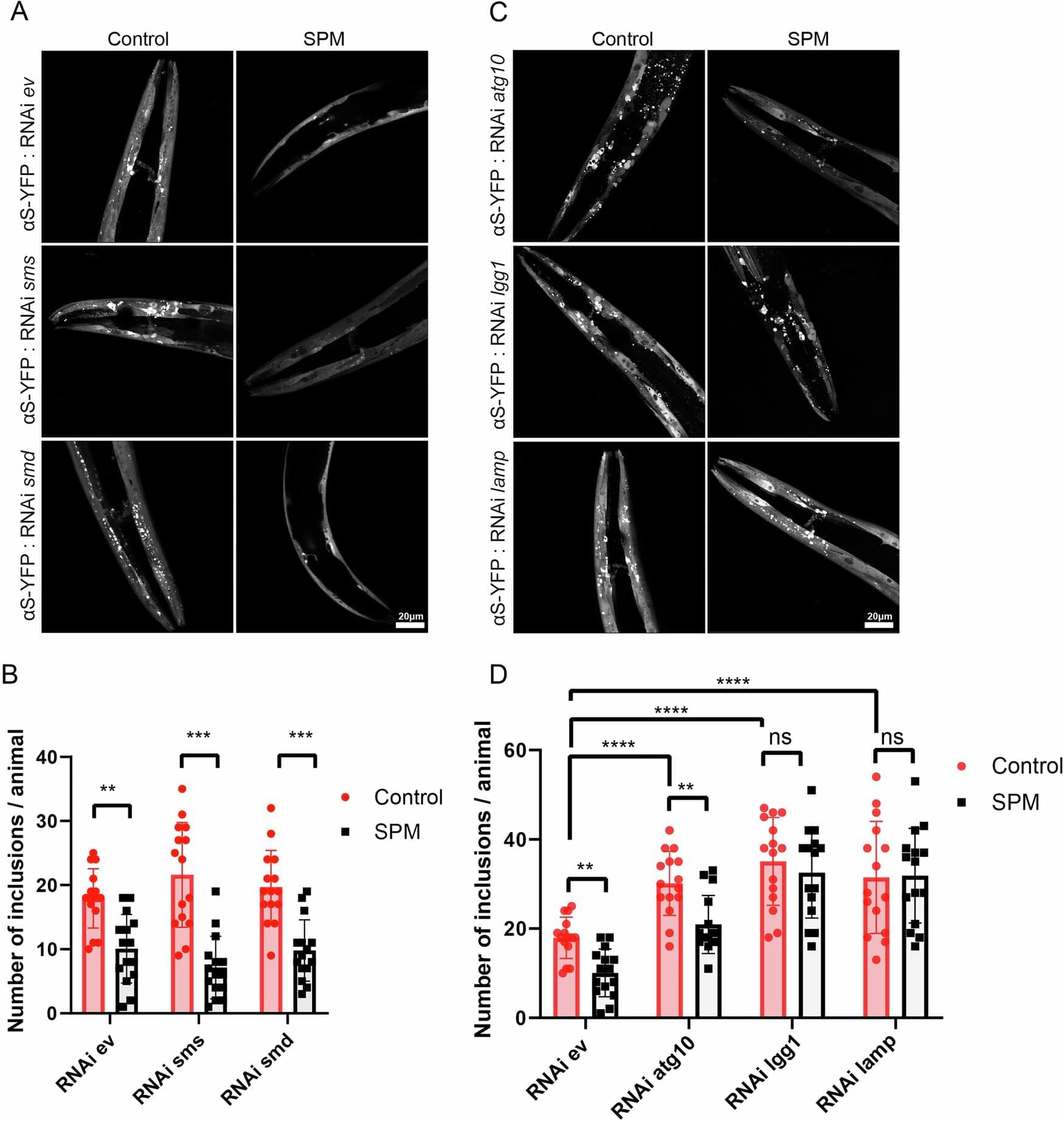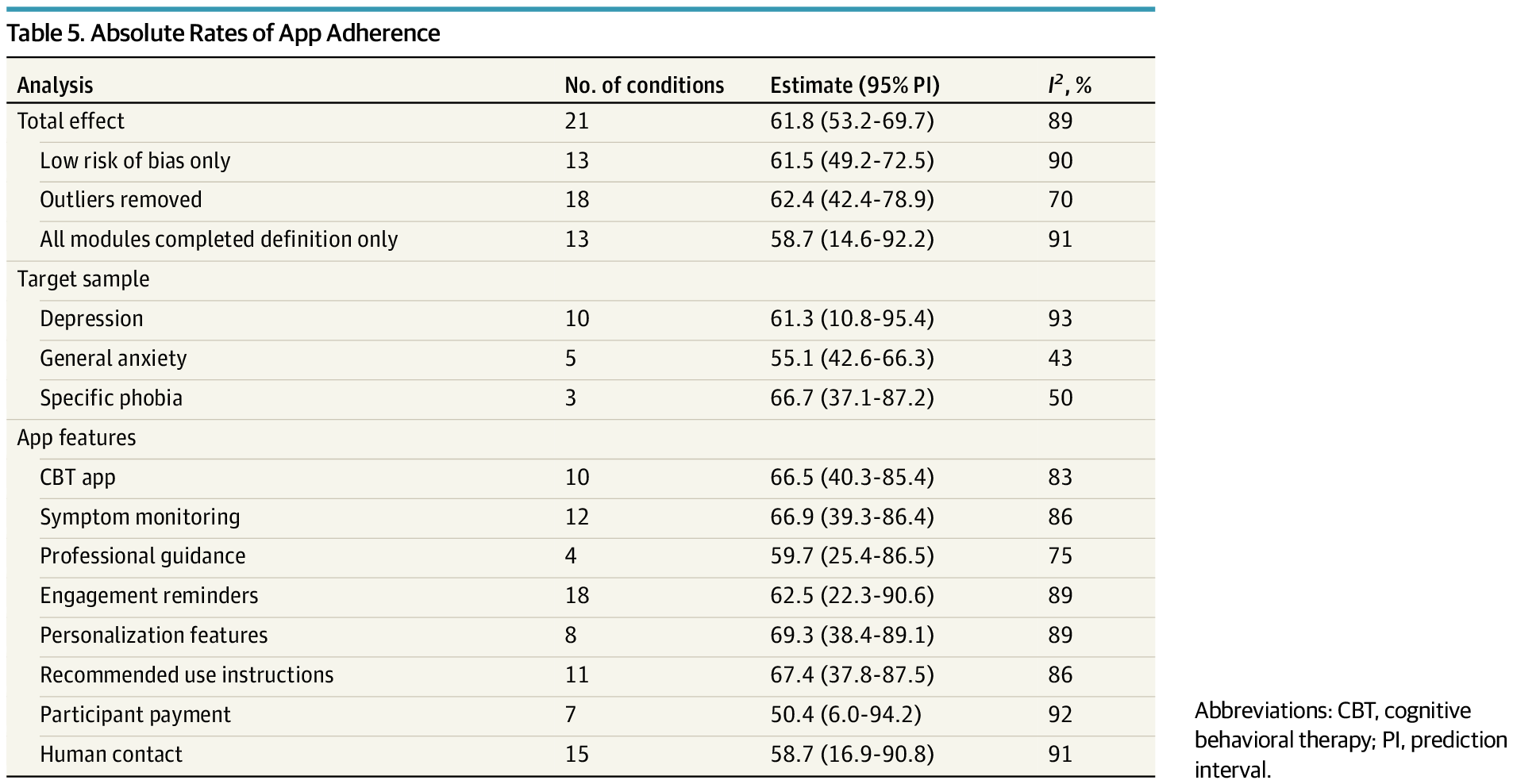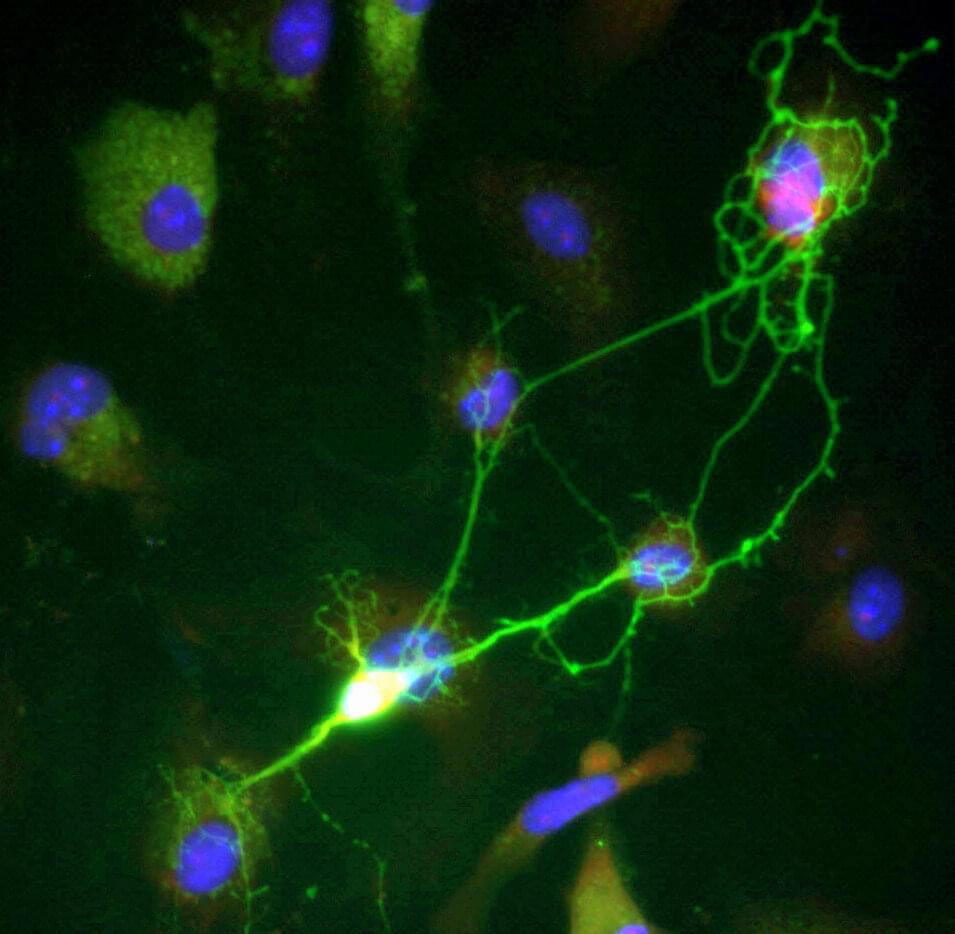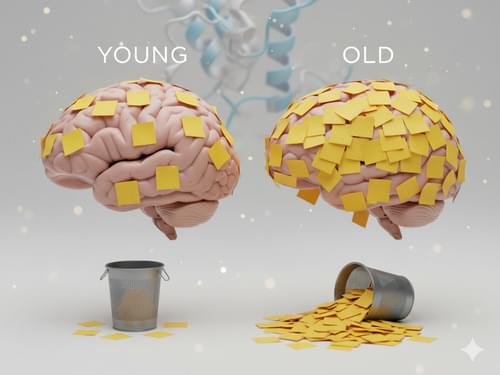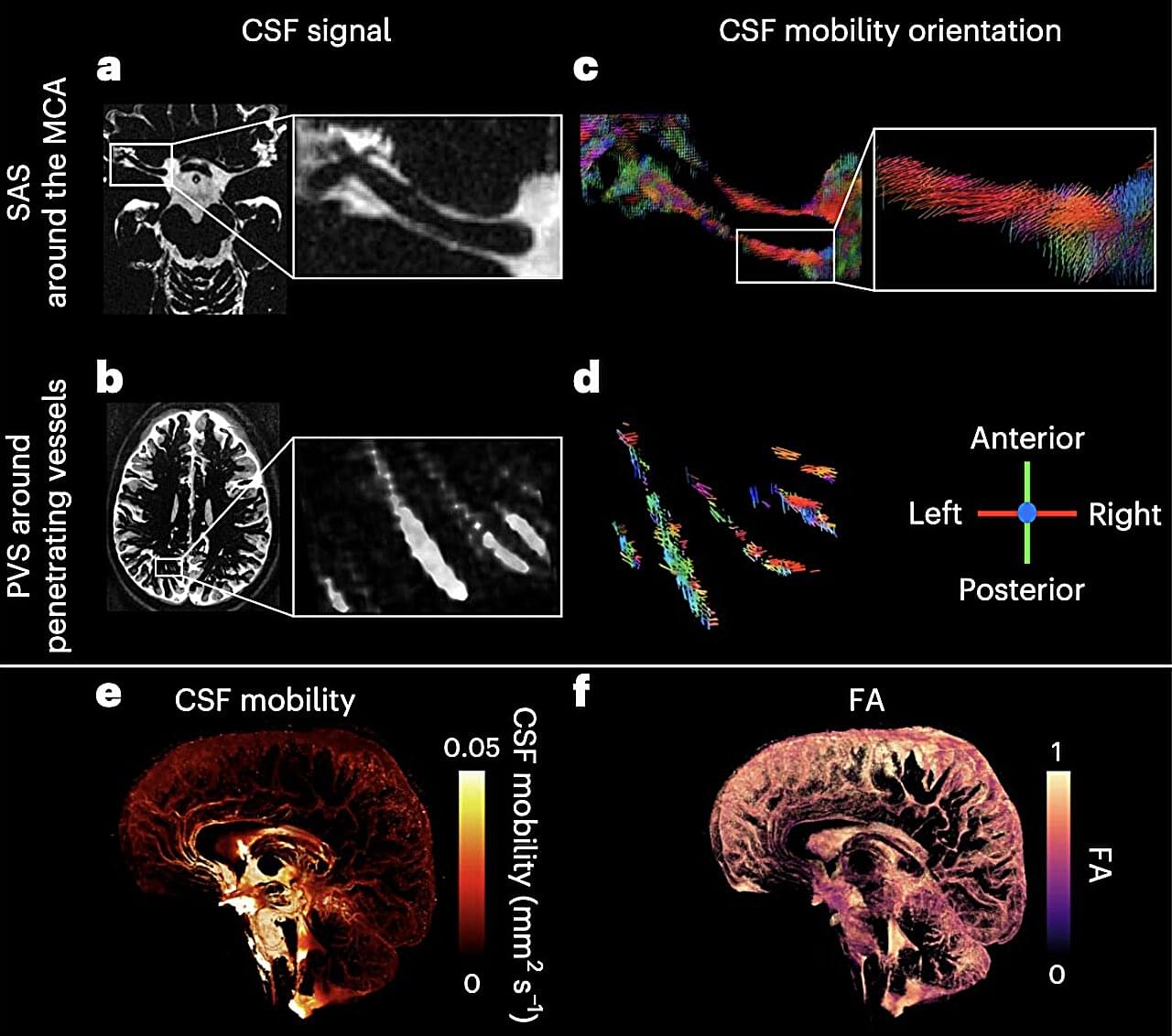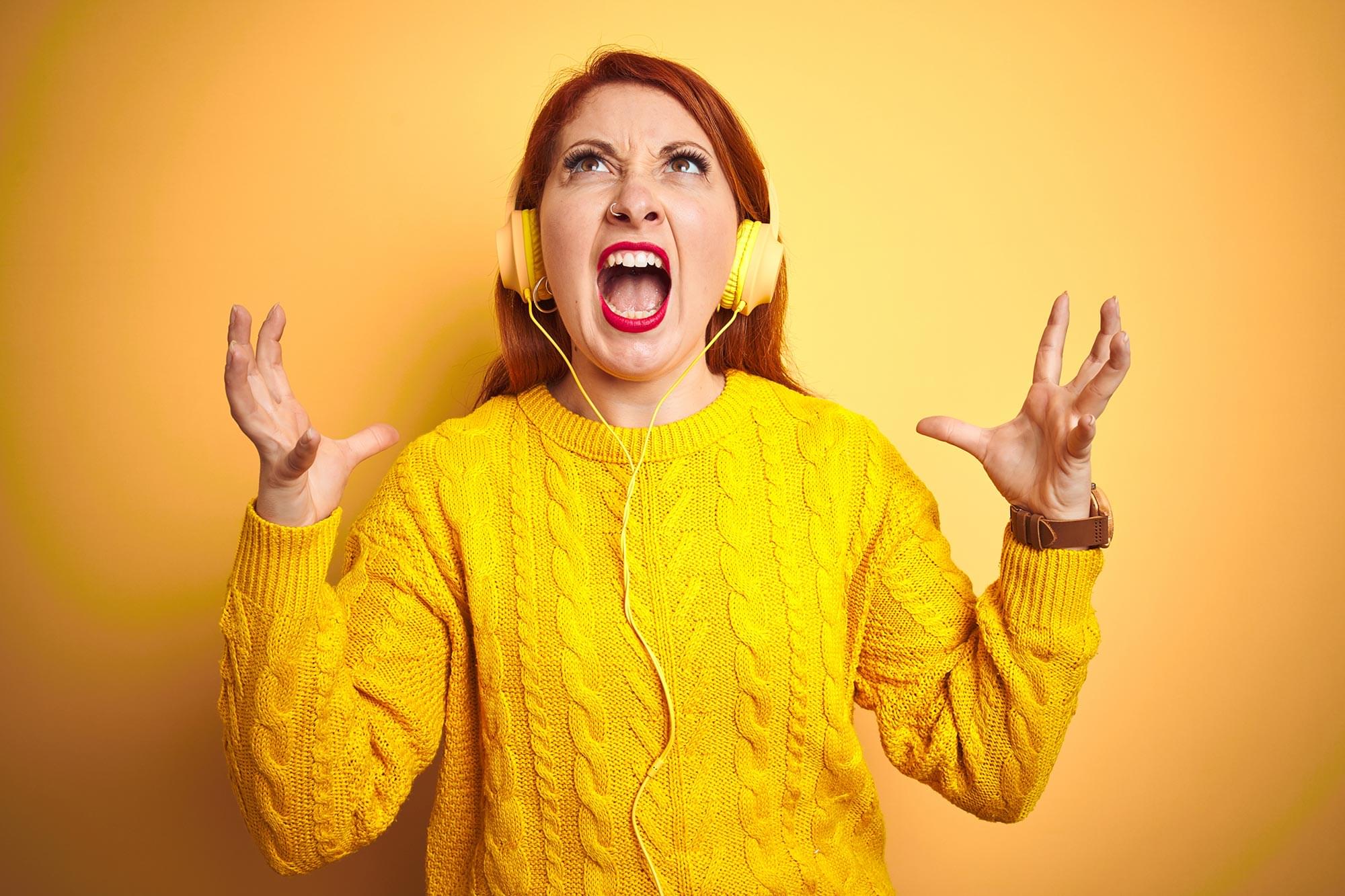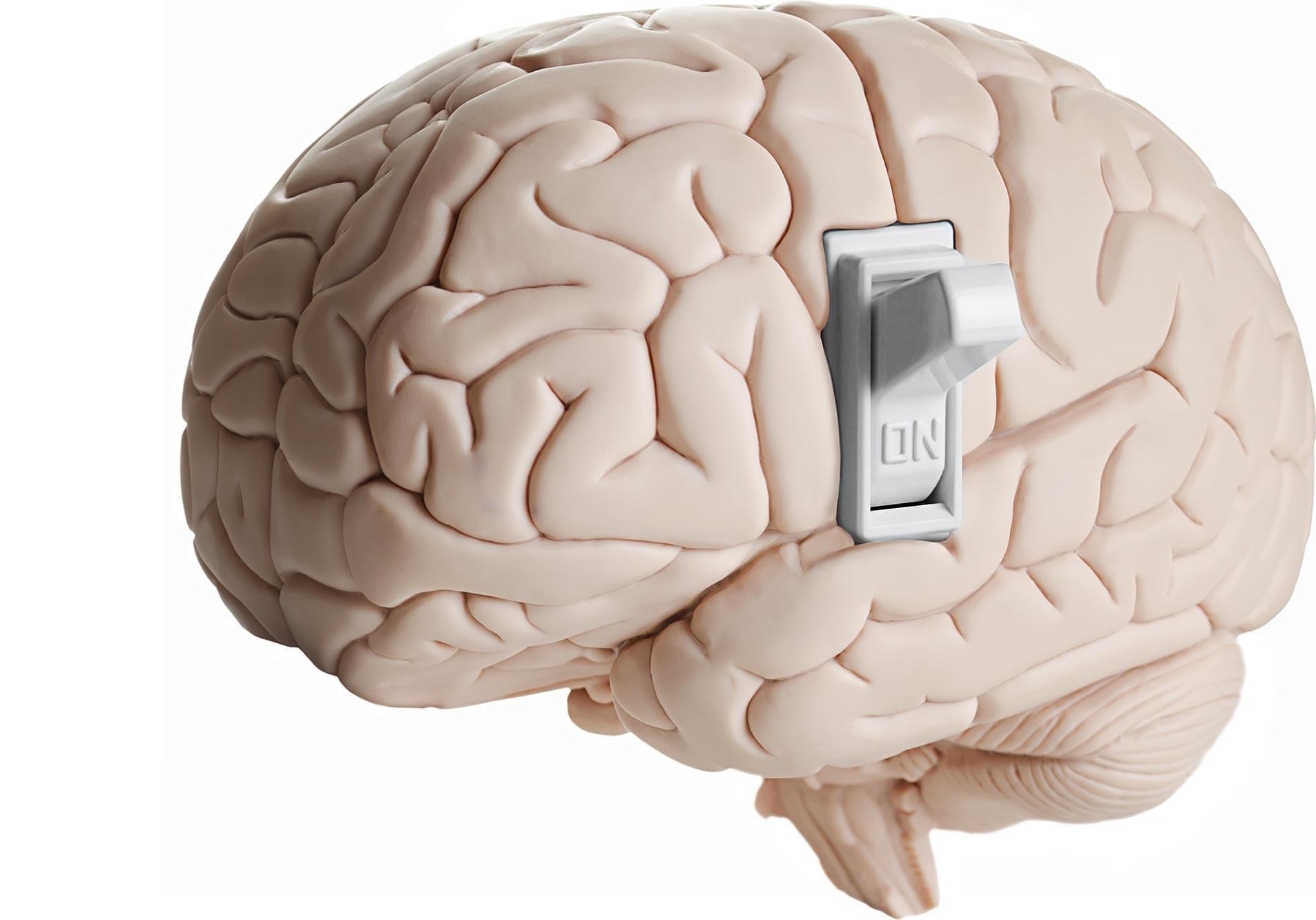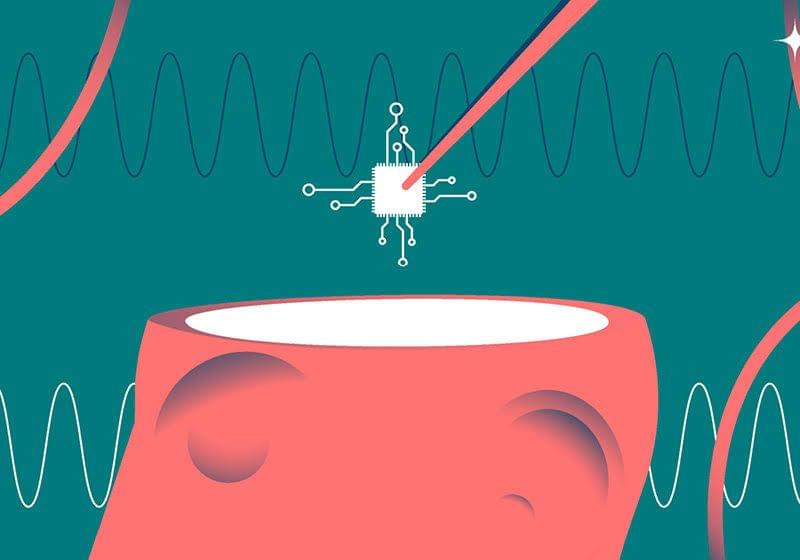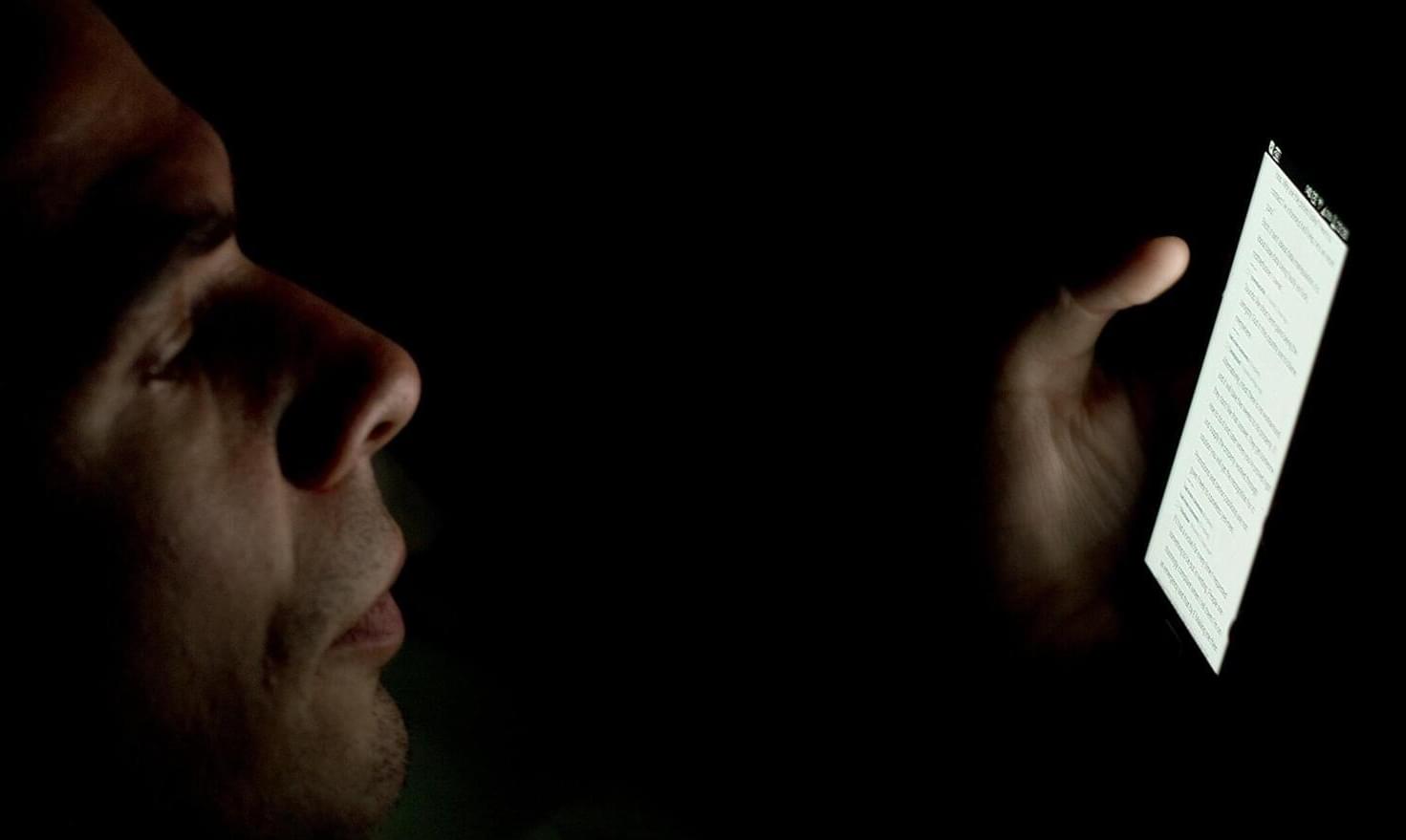Researchers at the Paul Scherrer Institute PSI have clarified how spermine—a small molecule that regulates many processes in the body’s cells—can guard against diseases such as Alzheimer’s and Parkinson’s: It renders certain proteins harmless by acting a bit like cheese on noodles, making them clump together. This discovery could help combat such diseases. The study has now been published in the journal Nature Communications.
Our life expectancy keeps rising—and as it does, age-related illnesses, including neurodegenerative diseases such as Alzheimer’s and Parkinson’s, are becoming increasingly common. These diseases are caused by accumulations in the brain of harmful protein structures consisting of incorrectly folded amyloid proteins. Their shape is reminiscent of fibers or spaghetti. To date, there is no effective therapy to prevent or eliminate such accumulations.
Yet a naturally occurring molecule in the body called spermine offers hope. In experiments, researchers led by study leader Jinghui Luo, in the Center for Life Sciences at the Paul Scherrer Institute PSI, have discovered that this substance is capable of extending the lifespan of small nematode worms, improving their mobility in old age, and strengthening the powerhouses of their cells—the mitochondria. Specifically, the researchers observed how spermine helps the body’s immune system eliminate nerve-damaging accumulations of amyloid proteins.
